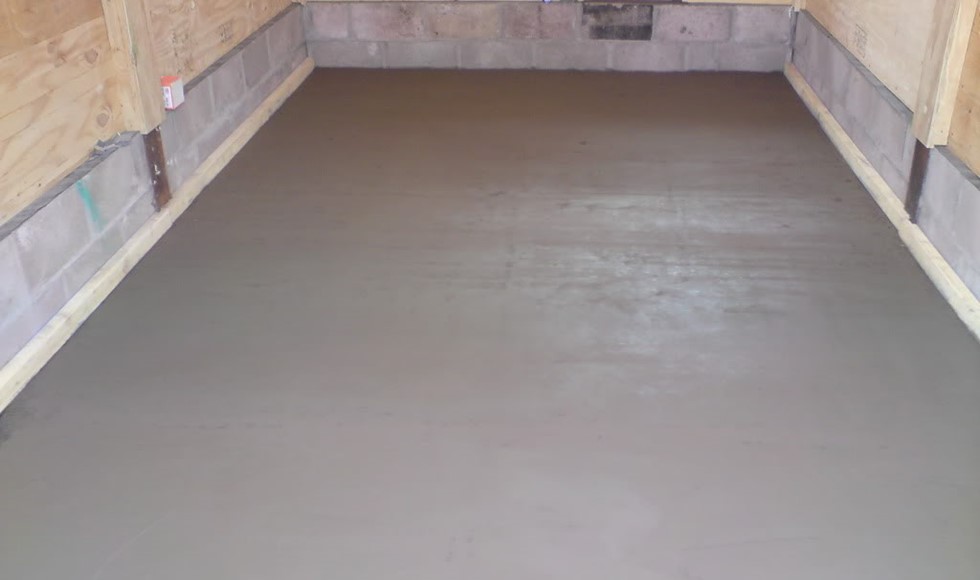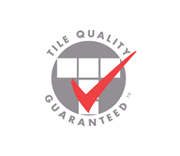
TECHNICAL BULLETIN - The Importance of 'Screeds'
When laying tiles or laminated or vinyl flooring it is necessary to use a screed if the structural floor is not level.
As a general rule the floor surface should not vary by more than 5mm per 3 metres. The screeds primary purpose, using one part cement to three to five parts sharp sand, is to give a smooth and level floor on which to lay your chosen floor finish.
The thickness of the screed allows it to take up normal variations in flatness and levelness of the base on which it is laid. The common types of flooring laid over levelling screeds include carpet and carpet tiles, linoleum, laminate and vinyl flooring and tiles, wooden blocks, and ceramic tiles.
Levelling screeds are not intended to act as a wearing surface and should always be covered with a final floor finish. A screed is also the preferred medium when laying underfloor heating.
Best practice recommends that, to avoid movement issues, screeds should not cover an area of more than 40m² or a distance in any one direction longer than 8m.
Expansion joints should subdivide larger screed areas. Alternatively, you can place an anti-crack mesh in the screed or add fibres to the mix itself.
Construction Chemicals (NZ) Ltd recommends Kemcrete, as a bonding slurry under bonded screeds, as a bonding additive in the screed itself (bonded or floating) to allow thinner applications, and as a bonding slurry in which to bed the tiles in semi-wet applications.
For further information on the above, please contact one of our Specialist Commercial Representatives, http://tilewarehouse.co.nz/commercial/our-experts/












